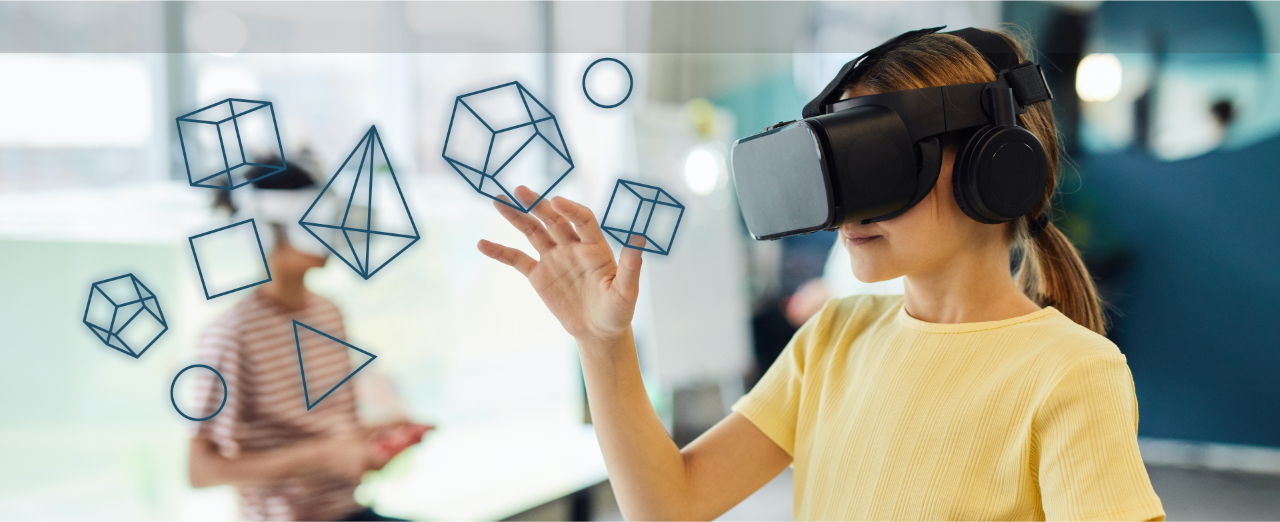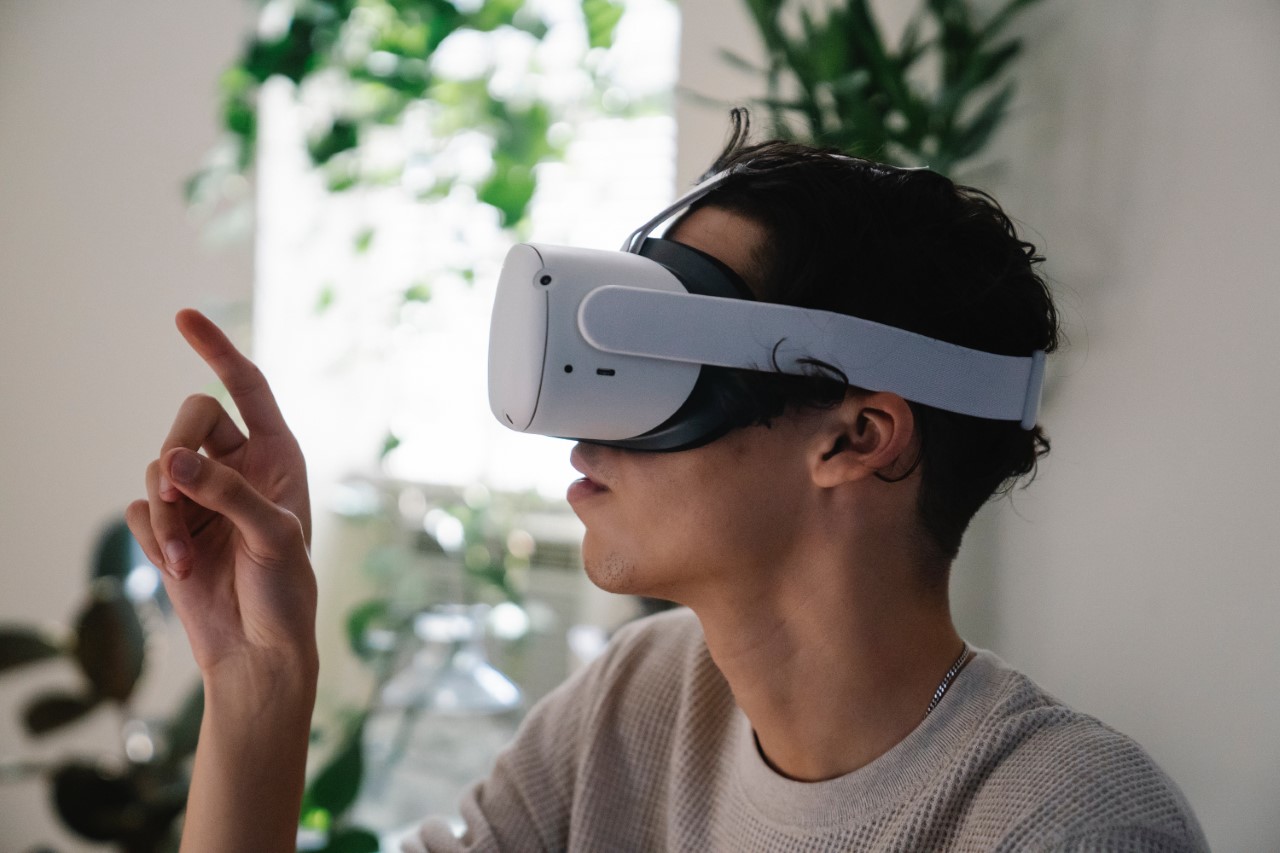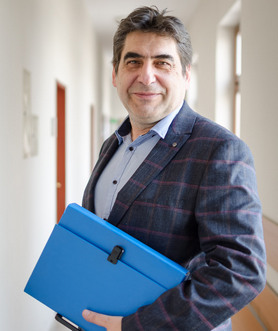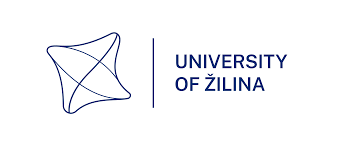




About Math3DGeoVR project
Geometric and spatial reasoning skills are crucial for making sense of the world around us.
Everything from solving a jigsaw puzzle to arranging furniture in a flat to efficiently packing
a suitcase, when going on holiday, requires these abilities. The project creates a new,
innovative dimension for learning and teaching geometry and spatial reasoning in a multinational
environment. It adds essential value to learning, practising and teaching these skills as
project participants, both students and teachers, delve into mathematical relationships between
objects, ones that include congruence and symmetry, reflection and rotation, or expansion and
contraction in a more facilitating way using VR. These versatile approaches would allow students
to reach their full potential in understanding and solving
geometry problems. The project underlines that 3D simulations have the invaluable potential for
education opportunities and final learning outcomes.
Math3DGeoVR Project Objectives


LODZ UNIVERSITY OF TECHNOLOGY
www.p.lodz.pl
Coordinator

Jacek Stańdo
More information: www.orcid.org/0000-0002-0828-7267
Project Coordinator

TARTU ULIKOOL
www.ut.ee
Partner

UNIVERSITY OF AVEIRO
www.ua.pt
Partner

UNIVERSITY OF SILESIA
www.us.edu.pl/
Partner

UNIVERSITY OF ZILINA
www.uniza.sk/index.php
Partner
